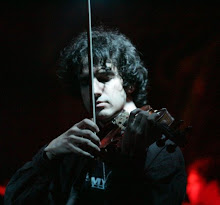 MEPL
MEPL Nor does reality necessarily end with this universe. Physics, astronomy’s dutiful daughter, suggests that the object that people call the universe, vast though it is, may be just one of an indefinite number of similar structures, governed by slightly different rules from each other, that inhabit what is referred to, for want of a better term, as the multiverse.
Star trek
The shattering of the crystal spheres which Galileo’s contemporaries thought held the planets and the stars, with the sphere containing the stars representing the edge of the universe, is (along with Darwin’s discovery of evolution by natural selection) the biggest revolution in self-knowledge that mankind has undergone. The world that Galileo was born into was of comprehensible compass. The Greeks had a fair idea of the size of the Earth and the distance to the moon, and so did the medievals who read their work. But these were distances that the imagination might, at a stretch, embrace. And it was easier to believe that a human-sized universe was one that might have been brought into being with humanity in mind. It is harder, though, to argue that the modern version of cosmology, let alone any hypothetical one which is multiversal rather than universal, has come about for mankind’s convenience.
Four centuries on, it is difficult to think of Galileo’s intellectual heirs, meeting this week in Rio de Janeiro under the auspices of the International Astronomical Union (see article), as firebrand revolutionaries. Yet their discoveries—from planets around other stars that may support alien life, to dark matter and energy of unknown nature that are the dominant stuff of reality—are no less world-changing than his. Moderns may be more comfortable than medievals with the idea that man’s notion of his place within the universe can suddenly change. That should not blind them to the wonder of it.
Aug 13th 2009
From The Economist print edition

Nenhum comentário:
Postar um comentário